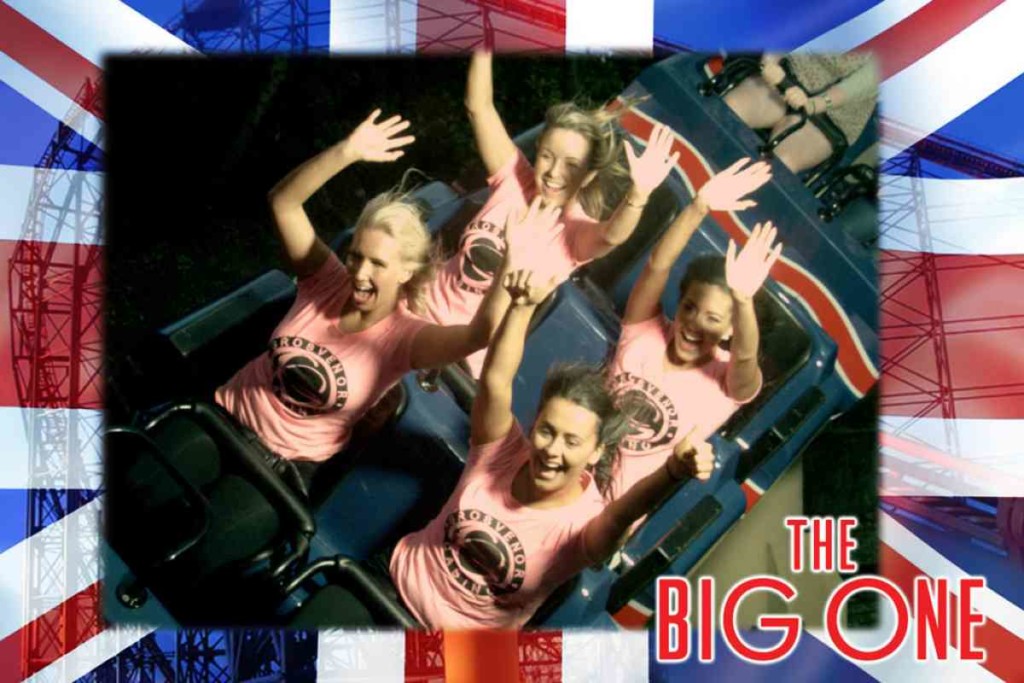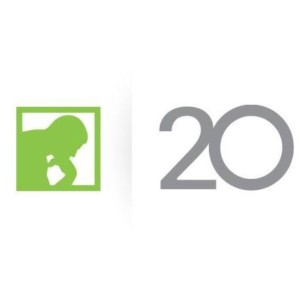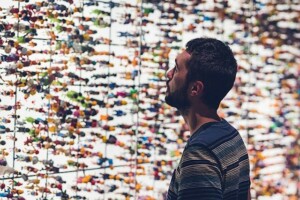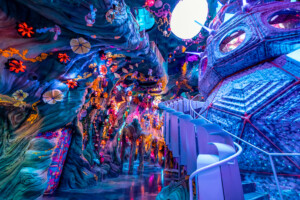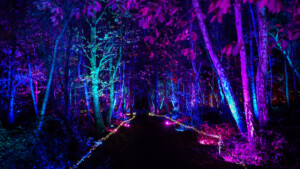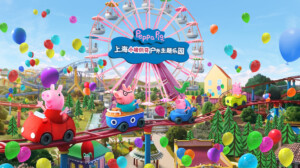The recent proliferation in social networks has transformed the way people communicate, both in their personal lives and as consumers. What does this mean for the Leisure and Attractions Industry?
Report by Baz Slatter, Global Business Development Director, Picsolve.
Empowered with a variety of social platforms, terms such as ‘upload’, ‘like’ and ‘share’ have become the bywords of communication and are applicable to all forms of content from images and videos to simple text. While an online social community is not a new concept, there are an increasing number of innovative tools available that allow posts to be pre-scheduled and engagement activity to be tracked and analysed. As such, it is virtually impossible to ignore the digital trend and the benefits it brings to both theme parks and their guests.
We live in a world where people expect to be connected anytime and anywhere, clearly visible by the two billion people around the world that have already harnessed the power of social media. With the average user logging into Facebook at least five times per day, it has never been more important for the leisure and attractions industry to feed the guest demand for digital solutions and capitalise on the value of the connected consumer.
Why do guests share?
Many conversations centre on what people are sharing and where, as opposed to why people share. It has recently been reported that 68% of people share content on their social networks to enable others to truly understand who they are and what they care about, while 73% use it to connect with those that share the same interests. A simple piece of shareable content can provide anything from an ego boost and self-fulfilment, to having an effect on peoples’ future decisions. Whether social media is being used to promote a cause, show-off to peers or spark a reaction, ultimately it is enabling collaboration with more people, more quickly and in more ways than ever before.
It is clear that the concept of social sharing is infiltrating into every aspect of our lives but how is the trend specifically affecting the leisure and attractions industry?
 The ‘social revolution’
The ‘social revolution’
According to a recent Thinkwell report, 80% of regular theme park goers took a smart phone and/or a tablet with them on their last park visit. With 78% of people using their device to take photos during their day out and almost half of these sharing them on social media, it is unsurprising to see nearly 70% demanding an overall increase in mobile integration at theme parks.
While Wi-Fi in theme parks enables visitors to ‘tag’ themselves at a location and share generic status updates, photos are a far richer way of capturing and presenting an experience. Each ride within a theme park offers guests a unique photo opportunity and as the statistics prove, people are not just accustomed to, but also expect to take their own photos and share them on social media in real-time. This tendency reinforces the fact that it is photography and the technology associated with it that is leading the ‘social revolution’ in the leisure and attractions industry today.
Social media and it’s impact on the industry
From a commercial perspective, the impact of an all-encompassing guest experience is remarkable.
With competition among parks tougher than ever, the industry should be focused on staying ahead of this trend by maximising guest satisfaction.
By ensuring that every guest enjoys their day, the likelihood of repeat visits is significantly higher, which ultimately means added revenue for the attraction. As an increasing number of people use social media to post reviews of their experiences, it is these platforms that the public are paying more attention to when making decisions. As such, attractions that satisfy guest demand will be able to take advantage of the impact of positive reviews and word of mouth – both powerful tools in attracting new customers.

However, that said, reviews are often most prolific amongst dissatisfied customers. Consumer-focused sites such as Trip Advisor are becoming increasingly important for businesses as they provide a platform for comparative reviews. A recent survey revealed that 51% of people trust user-generated online discussions, emphasising the importance of positive reviews. With guests known to rank parks lower in the star ratings due to no internet access, it is clear that a lack of functionality and an inability to share photos online can cause frustration and result in a negative review. Alongside sites such as Trip Advisor, social media is just as important in engaging disappointed customers as its fast paced nature means complaints can be dealt with in an efficient and personal way.
Commenting on the importance of guest reviews, Amanda Thompson, Managing Director, Blackpool Pleasure Beach said, “Consumer-led online reviews of theme parks have increased at an incredible rate and with various platforms to amplify these reviews, customer satisfaction has never been more important for us.
“Investing in our guests and their experience has not only ensured repeat visits and recommendations, but it also resulted in Blackpool Pleasure Beach being named the No.1 Amusement Park in the TripAdvisor Traveller’s Choice Awards – an accolade awarded to us by our visitors. Throughout 2015, we aim to retain this level of satisfaction and continue to grow our business by providing seamless digital and social processes that keep pace with our guests’ demands.”

Treat guests as your online ‘ambassadors’
Ultimately guests are brand ambassadors and when treated as valued consumers, they will promote attractions across social channels and subsequently drive sales on behalf of an attraction. Sharing experiences online is proven to increase brand visibility and social media is a key resource that theme parks can leverage to supplement any marketing and advertising spend.
William Bryan, Managing Director at Drayton Manor Theme Park said: “Theme park guests want to record their day out and share their experiences with their online networks. These updates are regular, instant and completely out of our control. Therefore, customer satisfaction is more important than ever.
“Every visitor becomes an online ambassador for Drayton Manor Theme Park and we want our reviews to reflect the hard work and dedication that goes into ensuring our guests are always well looked after.

“As a family run theme park we recognise the importance of family days out and being able to record and share those memories on social media is part of that. We invest significantly in ensuring our guests are happy, for example this year our Thomas Land attraction has undergone a £2.5 million expansion, increasing in size by 40% and introducing new rides to enhance visitor satisfaction.
“Every year we aim to invest in improving the experience here at Drayton Manor Theme Park to ensure that we keep visitors engaged, offer them something new and make sure they leave with a smile on their face and a pocket full of happy memories, which they have shared far and wide.”
 The power of sharing
The power of sharing
Another benefit of integrating social media into the theme park experience is the sheer range of people it reaches. From the student that fears missing out on all the fun to the parent looking to entertain their children during the school holidays, social media is a fast and effective way of attracting a diverse, global demographic. Its wide reach is demonstrated by the fact that each post by a guest extends to an average of seven of their contacts, strengthening the case for businesses to make sharing content simple and fast.
A connected future
By acknowledging the apparent thirst for social media within the leisure and attractions industry, it is clear that wireless connectivity is no longer a ‘nice to have’ but a necessity. With consumers expecting to be connected at all times, theme parks need to keep pace with technological advancements and add another dimension to their current offering to amplify guest satisfaction.
While it may still be a few years before all parks meet consumer demand and implement digital solutions, those that fail to consider social and digital developments risk facing a 50% revenue loss*.
With such detrimental consequences at stake, investing in digital technology that enables guests to share content on social media will ensure that parks operate collaboratively while increasing profitability and guest satisfaction and will ultimately pave the way for a robust army of online brand ambassadors.
* Prediction by Jeff Kelisky, Picsolve CEO
See also Picsolve’s market reports on Asia and the UAE.
Founded in 1994, Picsolve is the leading image capture partner for the leisure and entertainments industry.
Image credit for Drayton Manor: D & J POPE CREATIVE DESIGN
